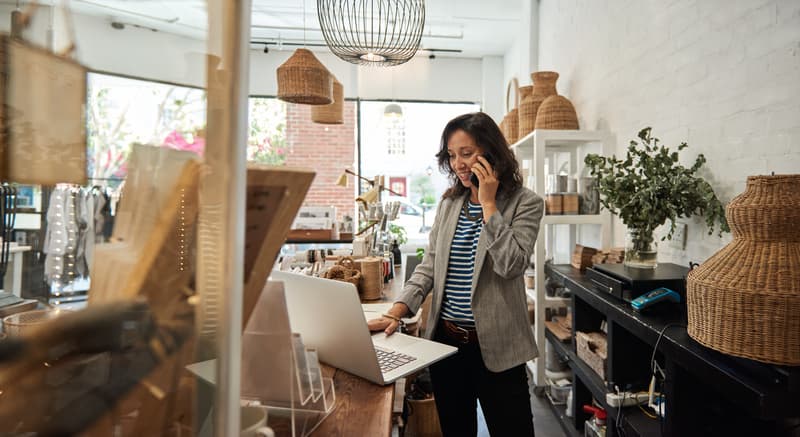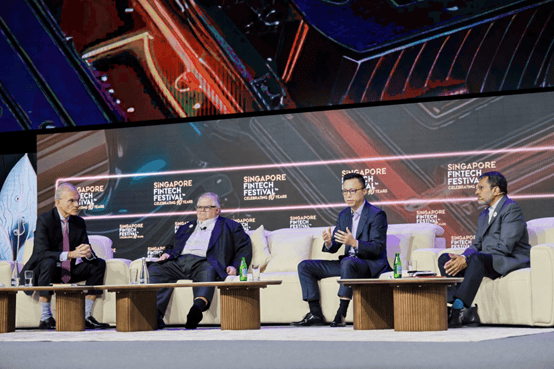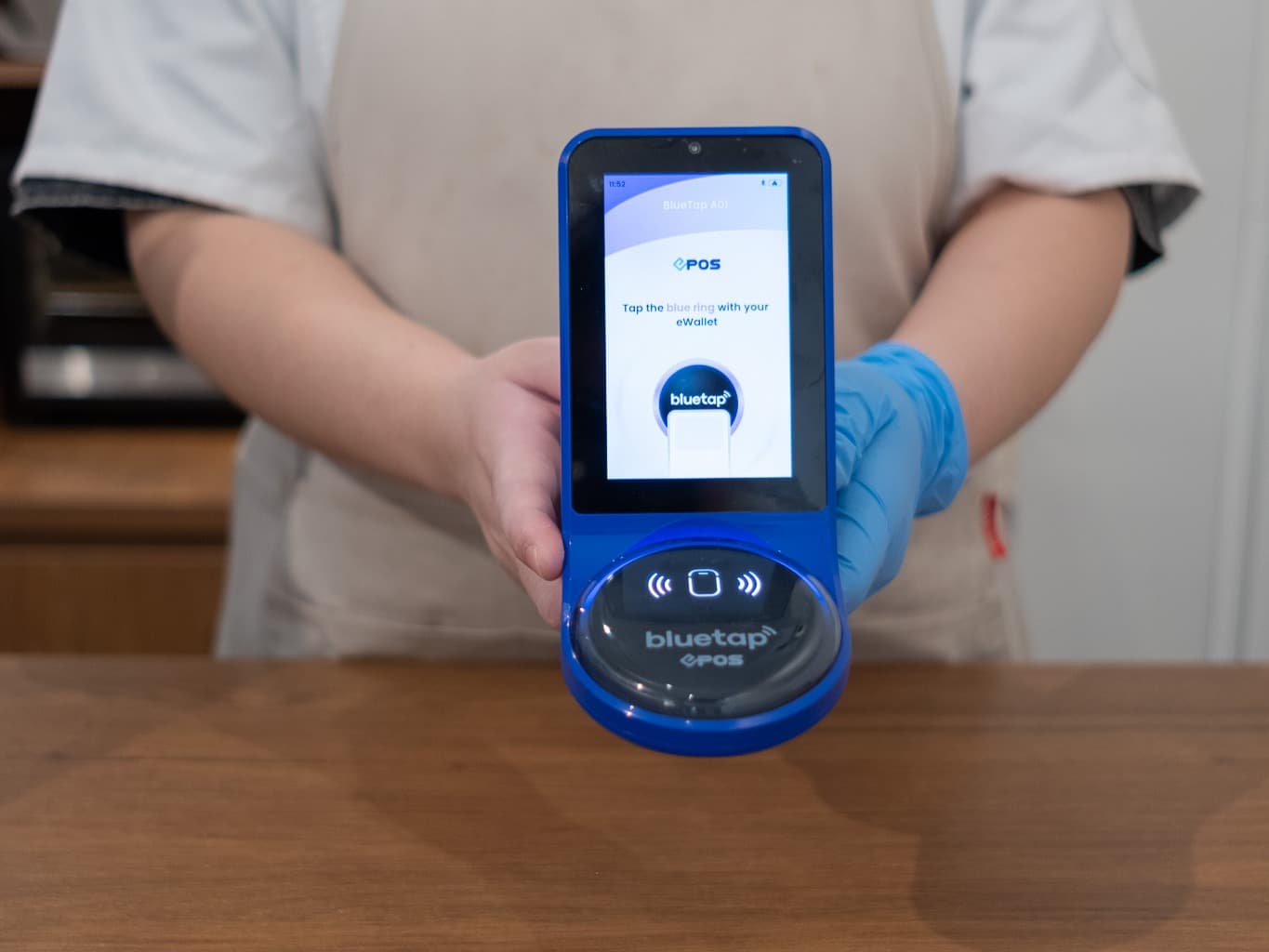
Larry Kotch, co-founder, The Brains
The covid pandemic affected everyone differently. While most brick and mortar stores inevitably took a colossal hit (some even closing their doors for good), ecommerce and the world of online advertising saw some major upturns.
We saw many companies invest massively in their online marketing infrastructure, with most brands seeing a huge bump due to the high street being shut. In fact, we even saw some companies experience double-digit ROAS (return on ad spend)!
Data shows that digital advertising spend increased by 12.2% during the pandemic, with online businesses looking to capitalise on the shift to almost exclusively online shopping.

Larry Kotch, co-founder, The Brains
With such huge shifts in performance and ROI, the question I started having was this: ‘Are the signals coming from these online marketing metrics legitimate, partly legitimate or false? ‘We saw a lot of back-patting on the part of marketing teams who took their improved numbers in analytics as proof their marketing strategies were working. However, very few people were honest enough to attribute most of the success to the ‘natural bump’ one would expect in an environment with zero physical retail action. Instead, they reported performance as if times were normal, but in reality, they were following a false signal.
I knew that despite impressive numbers, most companies were going to be in for a reality check once the government lifted the restrictions, and this “natural bump” was never going to last forever. While many people saw the advantages of doing all their shopping from the comfort of the sofa, the extended lockdowns left people starving for an in-store experience. As soon as restrictions were lifted, we saw an exodus to the high street akin to the Christmas rush.
It’s important to remember that shopping isn’t just about going out and making purchases. It’s about getting out of the house and enjoying the experience of browsing products, engaging with shop assistants and coming away feeling like you’ve achieved something. Analytics information in normal baseline conditions provides a complete picture of marketing effectiveness. But, in an era of unprecedented retail interventions by the state, I saw very few marketers connect the dots. After all, who wants to spoil the party?
This return to a sense “normality” wrecked ROAS numbers initially and saw some brands faced with sudden downturns to pre-pandemic levels of ROI. And, in some cases, results were worse than pre-pandemic levels, which led to brands panicking and asking themselves, “have we made any gains at all?” I even heard of companies firing their marketing teams for that very reason.
Here’s where things get interesting. The dip itself was another false signal. Just as these
marketing teams failed to account for the signal beneath the noise on the way up, executives looking at the bottom line discounted the signal on the way down. What retailers have failed to realise is that the analytics trend reversal was simply a pent up craving for in-store experiences, a desire to connect back with a sense of normalcy, for human beings to check that the world was still out there, complete with smiling door attendants and shopping experiences.
The reality is that most brands who invest heavily in their online marketing strategies will continue to see a steady rise in ROAS as the renewed novelty of the high-street wears off. So ask yourself: are you going to get dressed up, travel to the high street, and spend time navigating through busy crowds to buy something, or are you going to purchase it from home at the click of a button? It’s a no-brainer, right?
Although it’s been nostalgic for many shoppers to get out and about, people now see how easy it is to do most of their shopping online, and we’d expect to see some real gains for ecommerce companies as the government takes its hands off the rails. We expect these gains to be locked in, especially for mass consumer retailers with lower price points. Considered purchases like Jewelry, furniture and other luxury items will probably still see better performance than before the pandemic if they invested wisely in their online infrastructure, but not to the same degree as the impulse purchase categories.
It seems that many of the big ecommerce brands realise this and, as a result, are piling more money and effort into creating seamless purchasing journeys and reducing delivery times.
Many ecommerce-oriented advertising platforms are benefitting from this boosted investment. Take Amazon, the world’s largest ecommerce platform – average cost-per-click has jumped from $0.93 to $1.20, a whopping 30% increase. It seems that more and more businesses are flocking to Amazon to sell and advertise their items, regardless of the increase to CPC, and business is booming over at Bezos towers.
You could even argue that Google is responding to the growth of eCommerce with their CWV (core web vitals) update. Google is now placing more emphasis on mobile friendliness and user experience when determining rankings. With most online shopping now taking place on mobile devices, it’s not surprising that the big G rewards companies who cater to consumer needs.
A bad in-store experience rarely results in a repeat visit. In the same way, a poorly performing ecommerce website can leak prospective customers and suffer from a poor conversion rate. Online shoppers are unlikely to buy from, or return to, online stores that are unresponsive, hard to navigate or slow to load on mobile devices.
Ecommerce Analytics & Global Events
This yo-yoing of online analytics behaviour and ROAS over this tumultuous period highlights some major issues regarding how we make decisions and judge success as marketers. In particular, it demonstrates our need to factor in seismic societal changes and global events.
Not just in terms of mathematics and statistics but also in terms of psychological forces and human behavioural changes. All too often, we see psychological forces betray the best-laid market forecasts – in short, we need to expect the unexpected.
Trying to understand how humans will respond to an enormous global event such as the pandemic is like asking how long a piece of string is. No one knows, but you can adjust your marketing strategies accordingly by analysing changes as they take place.
Our best advice for brands becoming unsettled by the recent changes is to be patient and see how their revenue split from online and offline settles around September, then compare this with pre-pandemic ROAS. Panicking and making snap decisions has never been a good business strategy, regardless of a global pandemic – stay calm and act rationally!


